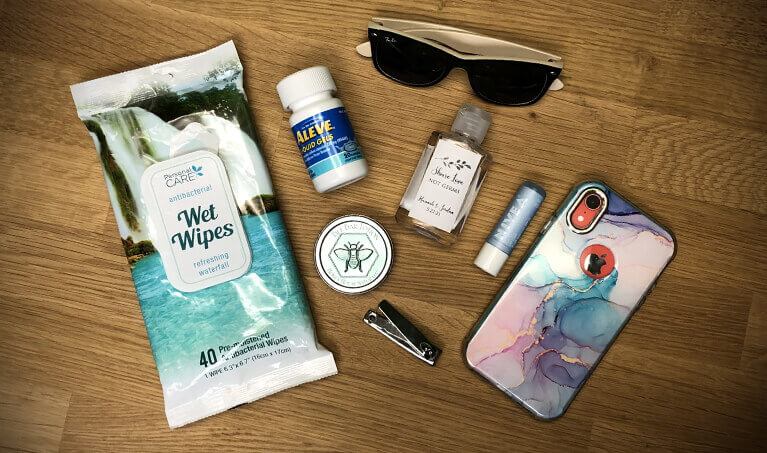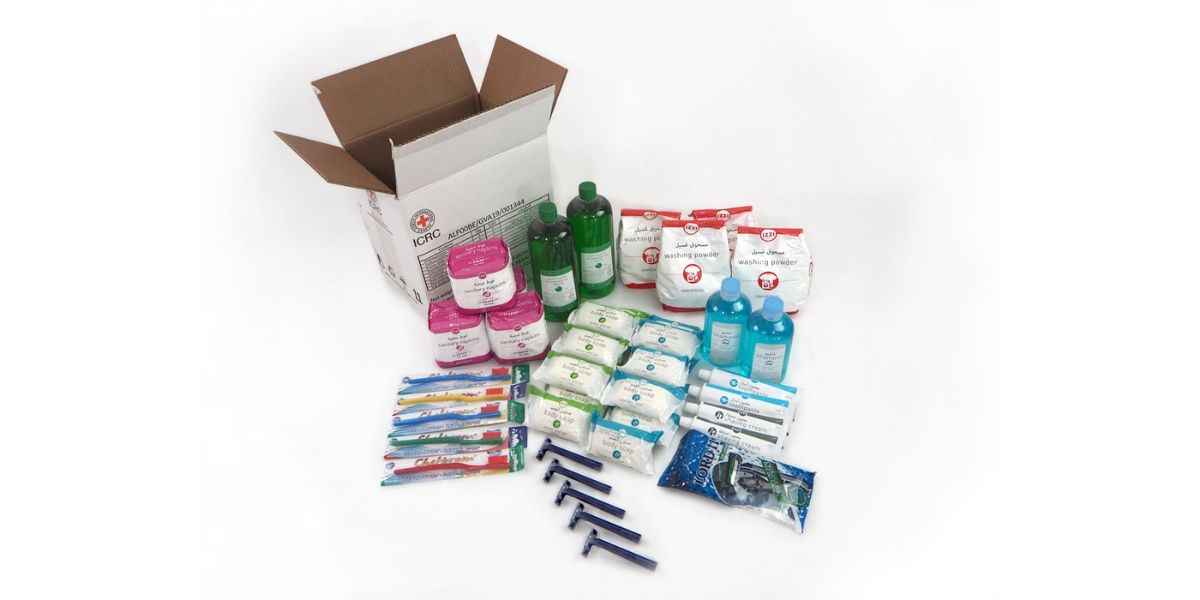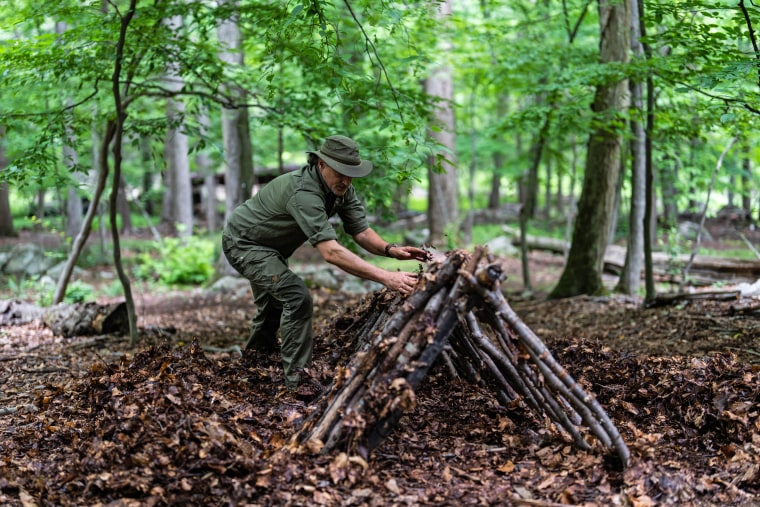
It can be difficult to feel overwhelmed when you are a new prepper. There are so much to choose from, and so many variables. You will have different needs, but you can still prepare for a disaster. Water and sanitation are essential for every prepper. You will be able to survive an outage if you have enough food and water. If you're not prepared for the possibility of having to go without these necessities, you'll want to take a course or two in electronics and first aid. Finally, you'll want to learn to use weapons and know how to shoot them.
Your prepping needs for a beginner are not much different from those of a veteran. Along with creating a checklist, you need to study survival basics and learn about your essential needs. Also, learn how to read maps and give first aid. If the need arises, you must be able and willing to assist family members as well as extended family members. The ability to identify and respond to potential risks and threats is a key skill for beginning preppers.

Preparing depends on your location. There will be different needs if you live near a major city than if your family lives in the country. If you live in the desert, for example, you will need to ensure that you have enough food and water for your family. You'll also need more water to survive in the desert. Being a prepper is different from someone who lives in a city.
When starting out as a beginning prepper, the most important aspect of prepping is water. Water is vital for survival. You won't be able to do anything without it. Preparedness for wildfires is an essential part of being a beginner. A wildfire can be difficult to contain and will spread while it burns. So, prepare for this by storing non-perishable food. It is better to keep more food in your home than you need.
A priority list should be included. This list should not be confused with the "Beginner Prepper Stockpile", but only include the items you really need. There is no need for a fireplace or wood burning stove in southern Florida. But you do need a sleeping bag for your family. A well-stocked pantry will make it easier to survive in the case of an emergency. You will be safe and warm with a well-stocked freezer

It is a great place to start if you are a prepper. A solid supply of water, food, and other necessities will help you survive in a crisis. Keep in mind that you only need 80% of what is needed to survive a crisis. Depending on the situation, you may need to go to the grocery store more frequently. You can still drink water from the faucet if it is available.
FAQ
How much training is required to become a hunter. What's the time commitment?
To learn how to hunt, you must attend a basic course. This course covers the basics of hunting, as well as information on the laws.
This course will teach you how to safely handle guns and ammunition. You will also receive instructions on how to safely use these items.
This course may last from two to three months. Online courses may be offered for some courses. Others are held in person.
To qualify for a license, you must pass a written test. You may also need to show that you have completed a hunter education course.
What does it cost to be licensed? What if there isn't enough money?
The cost of getting licensed varies depending on the state you live in. It can cost anywhere from $20 to $100.
If you do not have enough money, you may be able to apply for a loan or grant.
Additional to paying the fee, you'll need to buy a tag. The price of tags varies depending on the game you are hunting.
You can get tags for deer and elk, bear, bison, moose, waterfowls, upland birds, and furbearers such as foxes.
You may need to register with the Department of Natural Resources in some states before you can get a license.
To ensure that you comply with all regulations, it is important to check the local laws before you start hunting.
Hunting is a wonderful hobby.
Hunting is a game of chess. You must think ahead, plan your moves, and anticipate where you will be playing next.
Hunting for food is a goal. Therefore, it is important to understand what type of animal you are hunting, how to track your prey and when you should stop tracking. If you don't know these things, then you'll never catch anything.
The main thing to remember when hunting is to always keep your eyes open. So you won't miss any opportunity. You should always get close enough to be able to identify the item you see. Next, take a detailed note of what you saw and write it down. This will allow you to remember what you saw later, if you want to hunt again.
It's more than just shooting at targets. It's about being in sync with yourself, your surroundings, as well as the animals around.
What guns can you legally use?
You can hunt with many different types and styles of weaponry.
Hunters often use rifles shotguns handguns and muzzleloading firearms.
Rifles are made to fire bullets over long distances. Shotguns are often loaded with pellets. Handguns have the ability to fire bullets from the hand. Muzzle-loading firearms are similar to modern-day pistols.
Crossbows allow you to shoot arrows. Bowhunters also call archery weapons bowhunters.
Special training is required to hunt with a crossbow. First, learn how you can aim and shoot the weapon.
Statistics
- In less than 20 years, Rhode Island saw a 40% drop in the number of hunting licenses for residents, according to The Valley Breeze. (stacker.com)
- Less than 1% of Hawaii's population has a hunting license. (stacker.com)
- Thanks to the 1937 Pittman-Robertson Act, an 11% excise tax was placed on the sale of firearms, which were then used for conservation. (stacker.com)
- Over the past 50 years, the number of hunting licenses in California has been on a rapid decline, falling 70% from more than 760,000 in the 1970s to under 268,000 in 2020—even as the state's population has skyrocketed, according to The Mercury News. (stacker.com)
External Links
How To
How to select the best hunting areas in the forest
It is important to identify the type of game that you are hunting before searching for suitable places to hunt. There are many different species of animals and birds living in forests. They all have their own habitat requirements so you will struggle to find the best place to hunt them.
The forest is home to two types of animals: small mammals and large mammals. Deer, elks, mooses, caribous, bears, wild boars, and wolves are all examples of large mammals. Small animals include rabbits. Each species has its unique habitat. This means that you need to pick the best spot before heading out into woods. To find out if there are endangered species in your area, you can search the online flora-fauna list. Make sure the area you intend to hunt is free from poaching if you want to hunt that species.
Knowing how to properly setup your equipment is essential if you plan to hunt a particular animal. It's important to use the correct equipment because it affects the success rate. A gun that shoots accurately at close range will work well for hunting a rabbit. However, a rifle with long range capabilities is required for hunting larger animals, such as deer. A bait is also necessary to attract the prey. Some people recommend placing meat inside a trap to lure the animal, while others prefer using corn or peanut butter. Whatever method you use to hunt, ensure you comply with all laws in your country.
When choosing a hunting spot, you'll need to consider several factors including the weather conditions, terrain, vegetation, wildlife population, and accessibility. Safety is the main consideration when hunting. Be sure to avoid dangerous animals and predators when hunting in a remote area. You should avoid areas with high populations, especially during hunting season. Also, it is important to keep track of the seasons while hunting. This will help you figure out the best times for you to hunt.
The weather is also important when you are choosing a hunting spot. This is important as it will determine the number of animals you can hunt. In winter, temperatures fall below zero Celsius and snow covers most of the ground. Snow can make it difficult to locate deer, bears or wolves. If you are lucky enough to have clear skies, you may be capable of seeing these animals. However, summer temperatures reach above 30°C and the sun warms earth. Animals move away from the heat to seek shelter, making it easier to locate them.
You should also consider the terrain. Flat surfaces make it easier to run and walk through the area. However, uneven surfaces can be more difficult. Steep slopes are harder to climb, and rivers and streams often cause muddy trails. Try to find a place that doesn't have any obstacles, so you can easily travel through the area.
In addition to the terrain, you should also look at the vegetation. The environment can affect the size and density of plants. Large trees provide shade and cover for smaller animals, while shrubs and bushes offer hiding places for smaller animals. Dense vegetation is the best option if you are looking for large animals.
Also, it is important to consider the number of animals in your area. Statistics show that there are over 100 million deer in North America. They eat nearly half of all food produced by crops and are essential to maintaining biodiversity. However, if the population grows too big, they could become pests and damage the ecosystem. Therefore, it is vital to keep the population balanced.